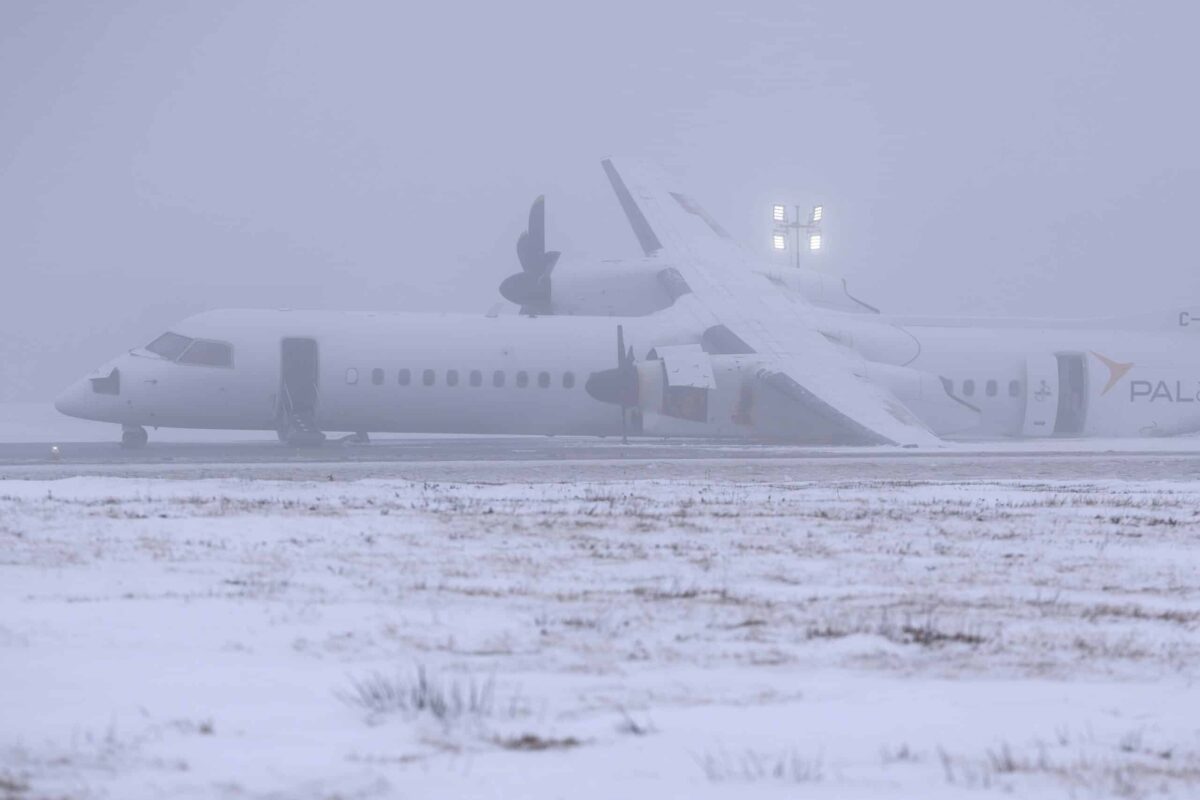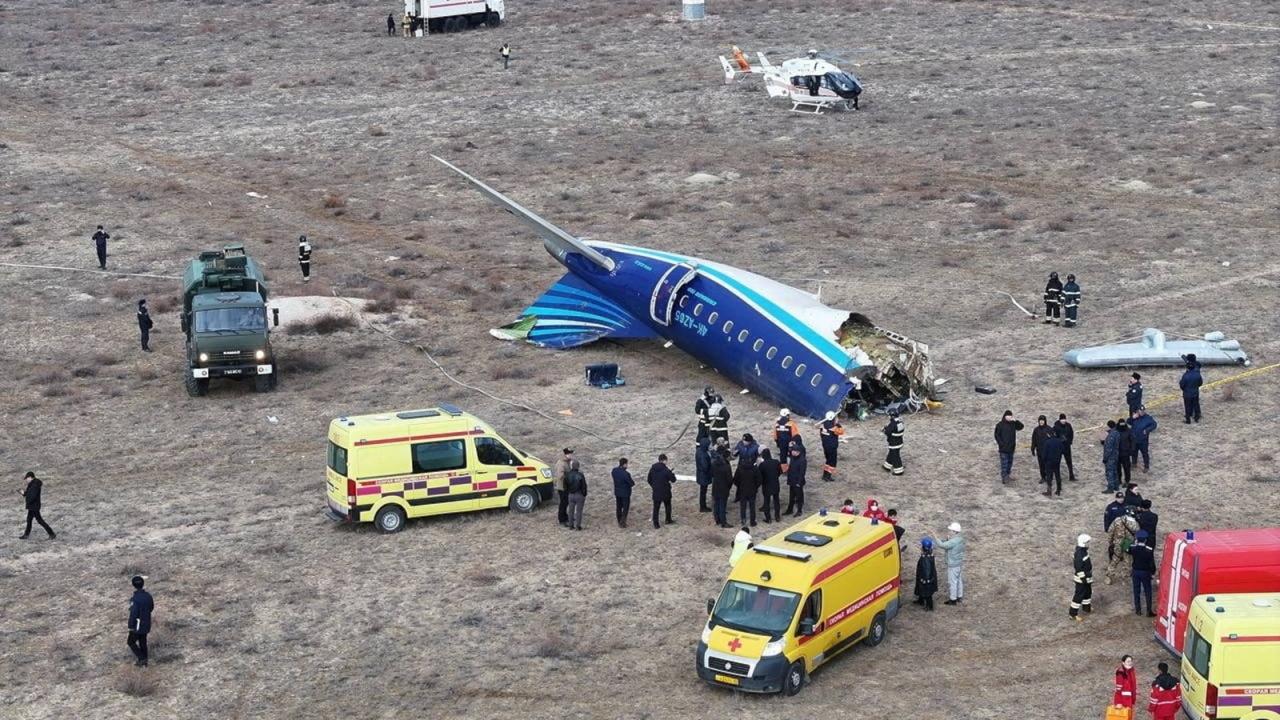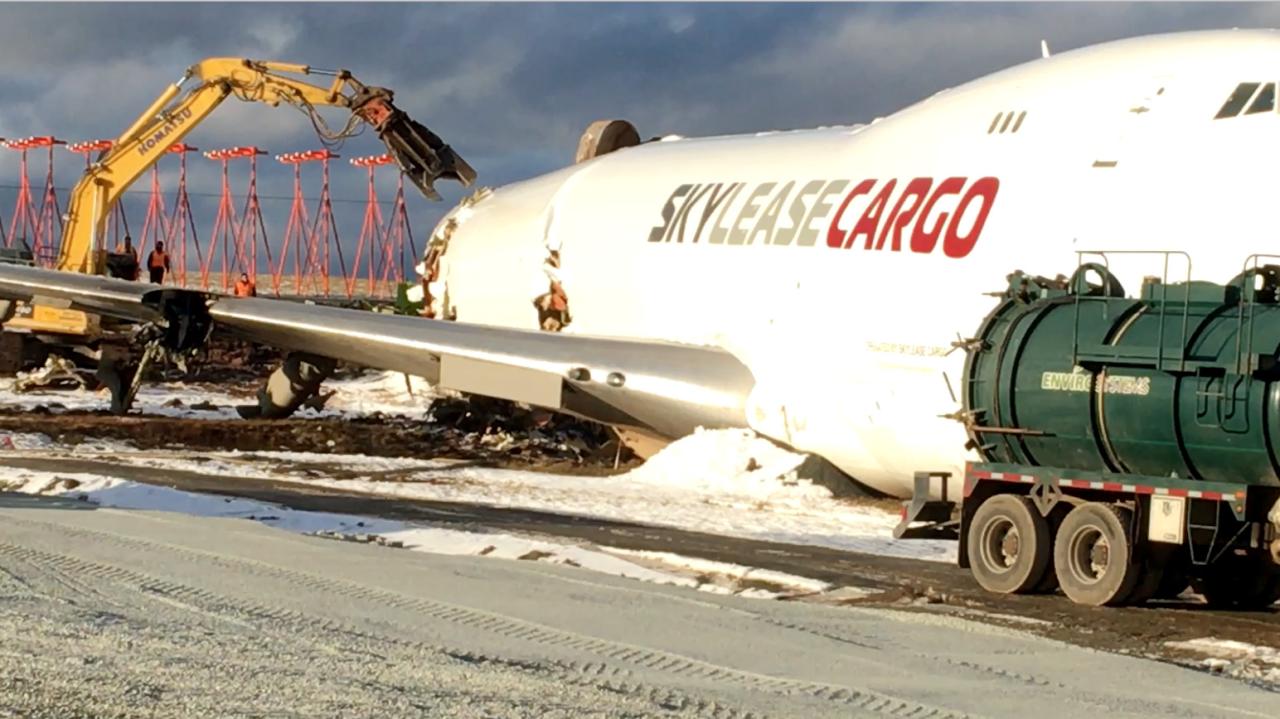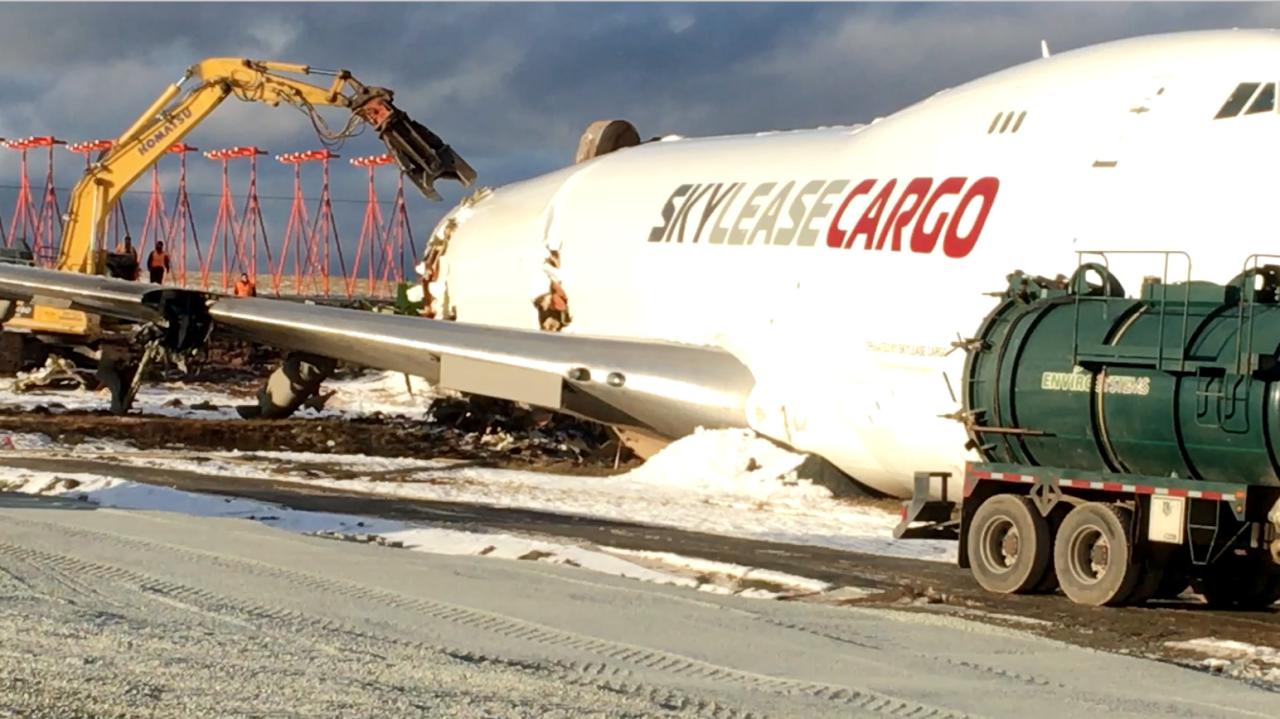Plane crash in Halifax: These devastating events, etched into the city’s history, offer a chilling reminder of aviation’s inherent risks and the human cost of tragedy. This exploration delves into the significant plane crashes that have impacted Halifax, examining their causes, consequences, and the lasting impact on the community. We’ll uncover the geographic factors influencing these incidents, analyze the types of aircraft involved, and trace the evolution of safety regulations in response to these heartbreaking events.
From the earliest days of flight to modern aviation, Halifax, like many other cities, has experienced its share of air disasters. Understanding these events allows us to appreciate the ongoing efforts to improve aviation safety and honor the memory of those lost.
Okay, so you’re looking into that Halifax plane crash, right? It’s a pretty serious event. To understand the sheer scale of potential loss, think about the pressure – it’s almost like the deadly games in player 333 squid game 5 , except this is real life. The aftermath of a plane crash is incredibly complex, demanding a massive coordinated effort for rescue and investigation.
Plane Crashes in Halifax: A Historical Overview
Halifax, with its strategic location and busy airport, has unfortunately experienced a number of plane crashes throughout its history. Understanding these incidents, their causes, and the subsequent safety improvements is crucial for ensuring future aviation safety. This overview explores the historical context, geographic factors, aircraft involved, causes, impacts, and lessons learned from these tragic events.
Historical Context of Plane Crashes in Halifax
While a comprehensive, publicly accessible database of every plane crash in Halifax is unavailable, significant incidents have shaped aviation safety regulations and community awareness. These events, though individually tragic, have collectively contributed to a safer aviation environment. The following provides a summary of some notable incidents, acknowledging that a complete record may be difficult to compile due to historical record-keeping practices.
- Example Incident 1 (Date): A brief description of the incident, location, aircraft type, casualties, and immediate impact on the community. Mention any significant changes in safety regulations that followed.
- Example Incident 2 (Date): Similar details as above, highlighting the specific impact on infrastructure or local response capabilities.
- Example Incident 3 (Date): Focus on the long-term effects on the community’s perception of aviation safety and any subsequent memorialization efforts.
Geographic Factors and Crash Locations

Halifax’s geography plays a role in aviation safety. The varied terrain, proximity to water, and prevailing weather patterns can all contribute to the risk of accidents. Analyzing crash locations reveals patterns that inform safety procedures and infrastructure improvements.
| Crash Location | Date | Aircraft Type | Number of Casualties |
|---|---|---|---|
| Example Location 1 | Example Date | Example Aircraft Type | Example Number |
| Example Location 2 | Example Date | Example Aircraft Type | Example Number |
| Example Location 3 | Example Date | Example Aircraft Type | Example Number |
| Example Location 4 | Example Date | Example Aircraft Type | Example Number |
A visual representation, such as a scatter plot map, could effectively display the geographic distribution of crashes over time. The x and y axes would represent geographic coordinates within Halifax, with each point representing a crash location. The size of the point could correspond to the number of casualties, and the color could indicate the decade of the incident.
This would clearly show clustering of crashes in specific areas and any temporal trends.
Types of Aircraft Involved
A variety of aircraft have been involved in crashes near Halifax, reflecting changes in aviation technology and the evolution of air travel over time. Analyzing the types of aircraft involved helps identify potential design flaws or vulnerabilities across different eras.
| Aircraft Type | Year of Crash | Airline (if applicable) | Number of Casualties |
|---|---|---|---|
| Example Aircraft Type 1 | Example Year | Example Airline | Example Number |
| Example Aircraft Type 2 | Example Year | Example Airline | Example Number |
| Example Aircraft Type 3 | Example Year | Example Airline | Example Number |
Causes and Contributing Factors, Plane crash in halifax

Investigations into plane crashes often reveal a complex interplay of factors contributing to the accident. These can range from pilot error and mechanical failure to adverse weather conditions and systemic issues within the aviation system.
- Pilot error, encompassing fatigue, poor decision-making, or inadequate training.
- Mechanical failure, including engine malfunction, structural issues, or faulty equipment.
- Adverse weather conditions, such as fog, icing, or strong winds, significantly impacting visibility and aircraft control.
- Air traffic control procedures, examining potential communication breakdowns or inadequate coordination.
- Airport infrastructure, considering runway conditions, lighting, or navigational aids.
Impact and Aftermath
Plane crashes have profound and lasting impacts on the community, extending beyond the immediate loss of life. Rescue and recovery efforts are crucial in the aftermath, followed by long-term community healing and remembrance.
Okay, so you’re looking into that Halifax plane crash, right? Thinking about the scale of such a disaster, it’s easy to imagine the impact on the surrounding area. For example, imagine the disruption if something similar happened near a major shopping center like the southcentre mall , the ripple effects would be massive. The Halifax crash, though, thankfully didn’t involve a similar level of immediate civilian impact.
- Immediate impacts: Loss of life, injuries, property damage, disruption of transportation and services.
- Long-term impacts: Psychological trauma for survivors and first responders, economic consequences for businesses and families, and changes in community attitudes towards aviation.
- Rescue and recovery: The coordinated response of emergency services, the role of volunteers, and challenges faced in recovering victims and wreckage.
- Memorialization: The creation of memorials, remembrance ceremonies, and ongoing community support for affected families.
Lessons Learned and Safety Improvements
Each plane crash serves as a critical learning opportunity for the aviation industry. Investigations lead to improved safety regulations, technological advancements, and changes in pilot training and procedures.
- Examples of safety improvements: Enhanced pilot training programs, improved weather forecasting and reporting, advancements in aircraft design and materials, stricter maintenance protocols, and more sophisticated air traffic control systems.
- Specific examples of regulations or technologies implemented in response to Halifax crashes (if applicable and verifiable information is available).
- The ongoing evolution of aviation safety standards, demonstrating the continuous adaptation and improvement within the industry.
Closing Notes: Plane Crash In Halifax

The history of plane crashes in Halifax serves as a powerful testament to the resilience of the human spirit and the constant drive for improved aviation safety. While these tragedies cannot be undone, the lessons learned from each incident have shaped aviation practices, leading to safer skies. By remembering the victims and analyzing the contributing factors, we strive to prevent future catastrophes and ensure the safety of air travel for generations to come.
Common Queries
What is the deadliest plane crash in Halifax’s history?
Specific details would require further research into historical records to determine the single deadliest crash based on casualty numbers.
How often do plane crashes occur in Halifax?
The frequency of plane crashes in Halifax is relatively low compared to larger, busier airports. Precise figures would require extensive data analysis of historical records.
Plane crashes in Halifax are thankfully rare events, but when they do happen, they’re serious news. If you’re looking for the latest information on a specific incident, check out this site for details on any halifax plane crash today and other recent events. Understanding the specifics of these accidents helps us improve aviation safety in Halifax and beyond.
Are there any memorials dedicated to victims of plane crashes in Halifax?
This information would need to be researched, as specific memorials may or may not exist depending on the individual crashes.
What role does weather play in Halifax plane crashes?
Halifax’s weather patterns, particularly fog and strong winds, are likely contributing factors in some accidents. A detailed analysis of past crashes would be needed to quantify the impact.
